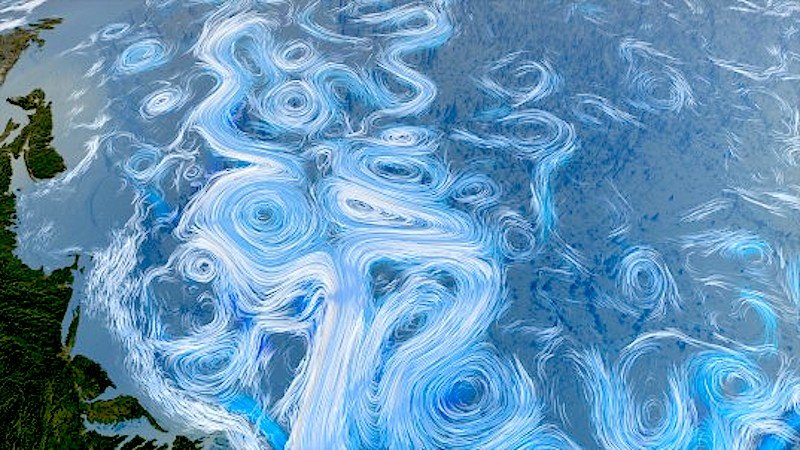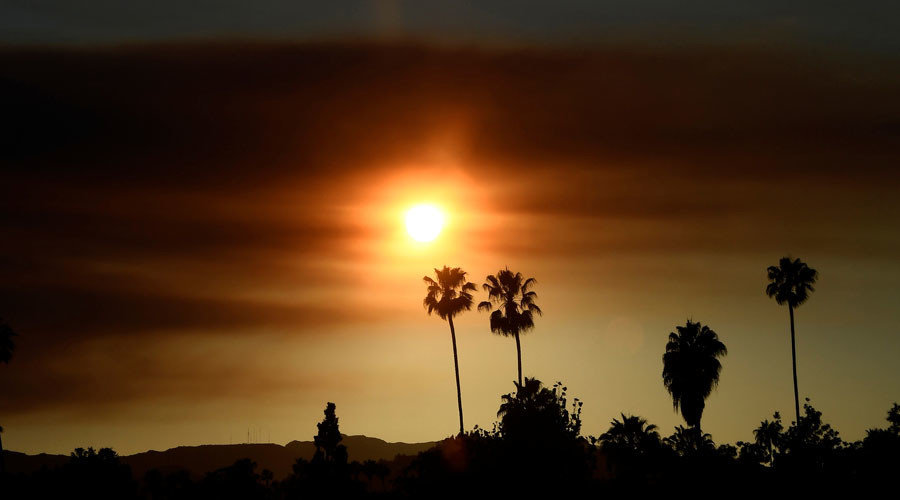
© inhabitat.com
Mysteriously, ice cores from Greenland and Antarctica show that these sudden shifts—which occurred
every 1500 years or so—were out of sync in the two hemispheres: When it got cold in the north, it grew warm in the south, and vice versa. Now, scientists have implicated
the culprit behind those seesaws—changes to a conveyor belt of ocean currents known as the Atlantic Meridional Overturning Circulation (AMOC).These currents, which today
drive the Gulf Stream, bring warm surface waters north and send cold, deeper waters south. But
they weakened suddenly and drastically, nearly to the point of stopping, just before several periods of abrupt climate change, researchers report today in
Science. In a matter of decades, temperatures plummeted in the north, as the currents brought less warmth in that direction. Meanwhile, the backlog of warm, southern waters allowed the Southern Hemisphere to heat up.
AMOC slowdowns have long been suspected as the cause of the
climate swings during the last ice age, which lasted from 110,000 to 15,000 years ago, but never definitively shown.
The new study "is the best demonstration that this indeed happened," says Jerry McManus, a paleo-oceanographer at Columbia University's Lamont-Doherty Earth Observatory, and a study author. "It is very convincing evidence," adds Andreas Schmittner, a climate scientist at Oregon State University, Corvallis.
"We did not know that the circulation changed during these shorter intervals."


Comment: Natural variability? Climate trends? Or precursor to an ice age? The ocean circulation slowdown, coupled with longer winters than usual, may be contributors to drastic changes that could occur quickly before evidence becomes available, before interpretation becomes proven fact.